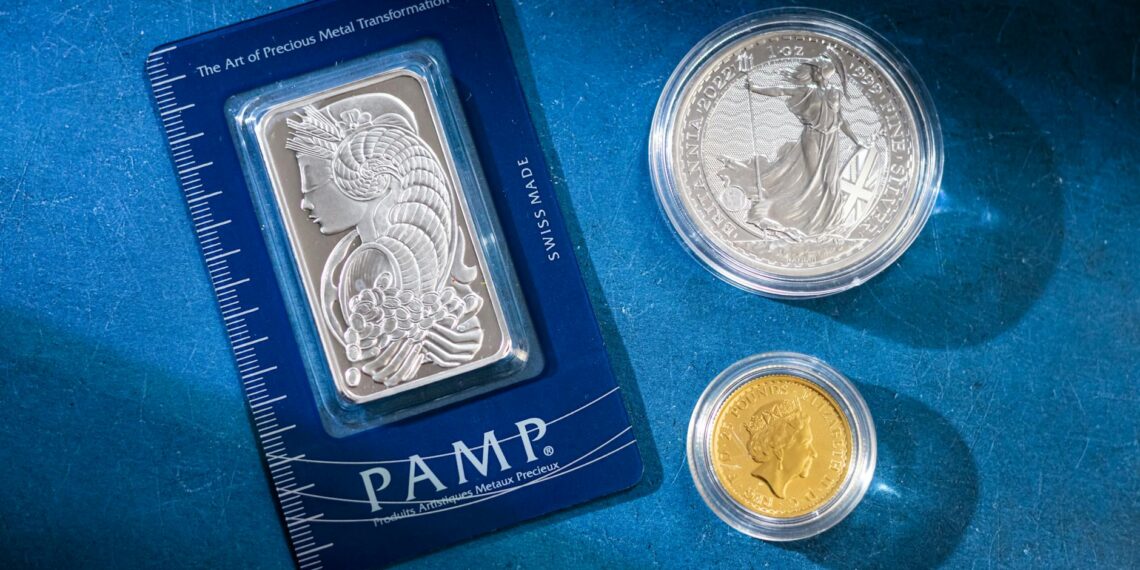The absence of a mint mark on a U.S. coin typically indicates that it was struck at the Philadelphia Mint. However, there are some exceptions and important points to consider when encountering a coin with no mint mark:
1. Normal “No Mint Mark” Coins
- For many years, coins produced at the Philadelphia Mint did not carry a mint mark because it was the only operating facility, and therefore, no identifier was deemed necessary.
- This practice continued even after the establishment of other branch mints, like those in Charlotte, Dahlonega, and New Orleans in 1838, which did begin using mint marks.
- The “P” mint mark for Philadelphia didn’t appear on most U.S. coins until 1980, with the exception of the wartime silver nickels of 1942-1945 and the Susan B. Anthony dollar in 1979.
- Crucially, the cent (penny) is the only U.S. coin denomination that still does not carry a “P” mint mark when struck in Philadelphia, except for a special issue in 2017 celebrating the Mint’s 225th anniversary.
2. Rare and Valuable “No Mint Mark” Coins (Errors)
While most coins lacking a mint mark are simply Philadelphia-minted issues, certain instances can signify a rare and valuable error:
- 1922 No-D Lincoln Penny: All 1922 Lincoln pennies were supposed to be struck at the Denver Mint and carry a “D” mint mark. A small percentage, however, were accidentally struck without the “D” due to a die error. These are known as “plain cents” or “plain pennies” and can be quite valuable, particularly in uncirculated condition.
- Proof Coins Without a Mint Mark: Proof coins, which are specially struck for collectors, typically bear an “S” mint mark for San Francisco or, more recently, a “P” for Philadelphia or “W” for West Point. Finding a proof coin that should have a mint mark but lacks one is a significant error and can be very valuable. Examples include:
– 1968 No-S Roosevelt Proof Dime: One of the first proof coins accidentally struck without an “S” mint mark, these are rare and valuable.
– 1971 No-S Jefferson Proof Nickel: Minted only in San Francisco, proof nickels without an “S” mint mark are considered a rare error.
– 1975 No-S Roosevelt Proof Dime: Considered extremely rare, with only two known to exist, a 1975 proof dime lacking the “S” mint mark can be incredibly valuable.
– 1983 No-S Roosevelt Proof Dime: Another rare error in the Roosevelt dime series, according to Nationwide Coin & Bullion Reserve, these are worth around $800.
- Other “Missing Mint Mark” Errors: While less common, other coins may have missing or faint mint marks due to die-setting errors, filled dies (grease filling the mint mark cavity), or other manufacturing defects.
3. Identifying Potentially Valuable “No Mint Mark” Coins
- Check the Year and Denomination: Research whether the specific year and denomination of your coin are known to have been produced at a branch mint (other than Philadelphia) and should therefore carry a mint mark.
- Examine the Coin’s Finish: Proof coins have a distinct, mirror-like finish, unlike circulation strike coins. If your “no mint mark” coin has a proof finish and is from a year and denomination that should have a proof mint mark, it could be a valuable error.
- Consult a Numismatist: The best way to determine if your “no mint mark” coin is a valuable error or simply a Philadelphia-minted issue is to have it professionally assessed by an experienced coin appraiser or numismatist. They have the knowledge and tools to identify subtle details and determine the coin’s authenticity and potential value.
In summary: While most U.S. coins without a mint mark are ordinary Philadelphia issues, certain specific years and denominations, particularly proof coins lacking the expected mint mark, can be rare and valuable errors. If you believe you have found a potentially valuable “no mint mark” coin, it’s crucial to seek the opinion of a qualified expert.









What dollar coin has no mint mark?
Thanks for asking. After 8 years of the Sacagawea Dollars, the United States Mint began to try new designs. Thus, came the Native American Dollar Coins. One thing that you can note about the new designs is that there is no longer a date or a mint mark visible on the dollar.
What year did US coins not have mint marks?
From my experience, Minting Without Mint Marks ( 1965–1967 )
From 1965 through 1967, no circulating U.S. coins had mint marks, regardless of where they were struck. This made it impossible to distinguish coins from Philadelphia, Denver, or San Francisco and was intended to eliminate collector-based hoarding.